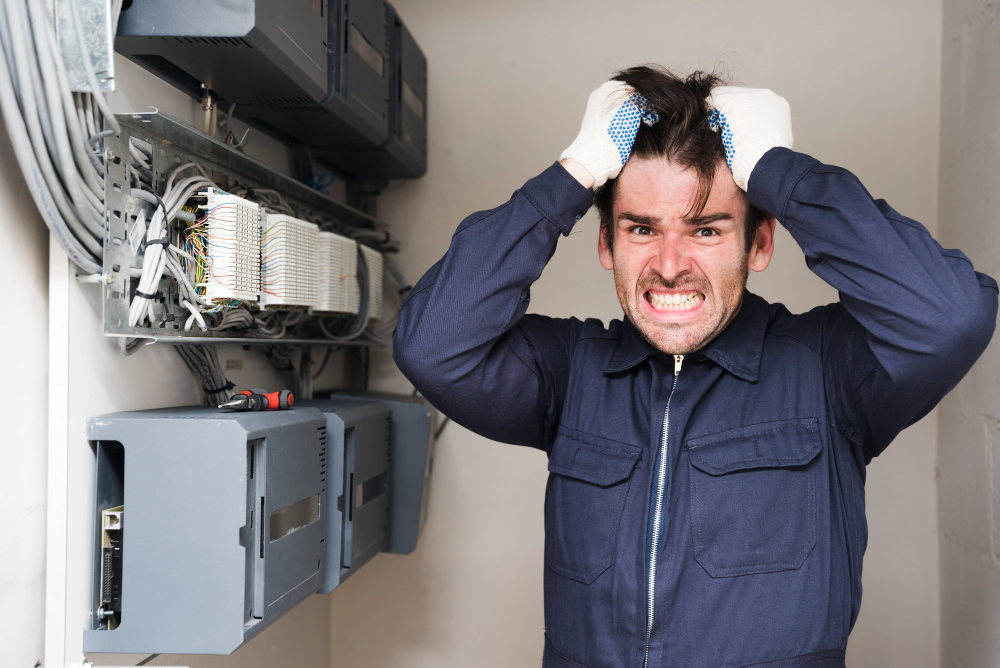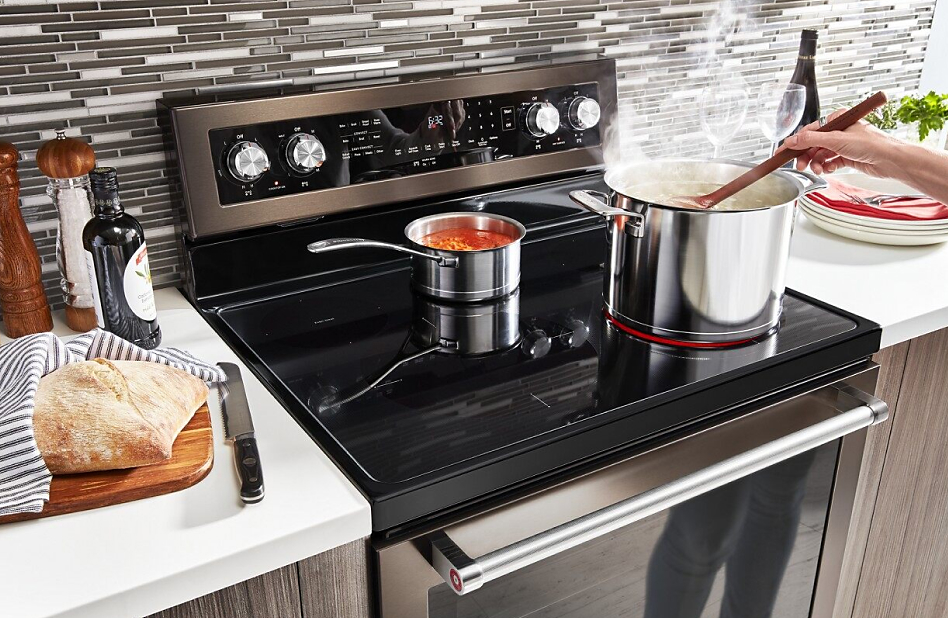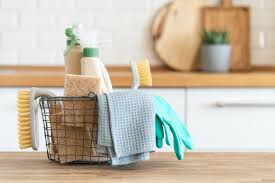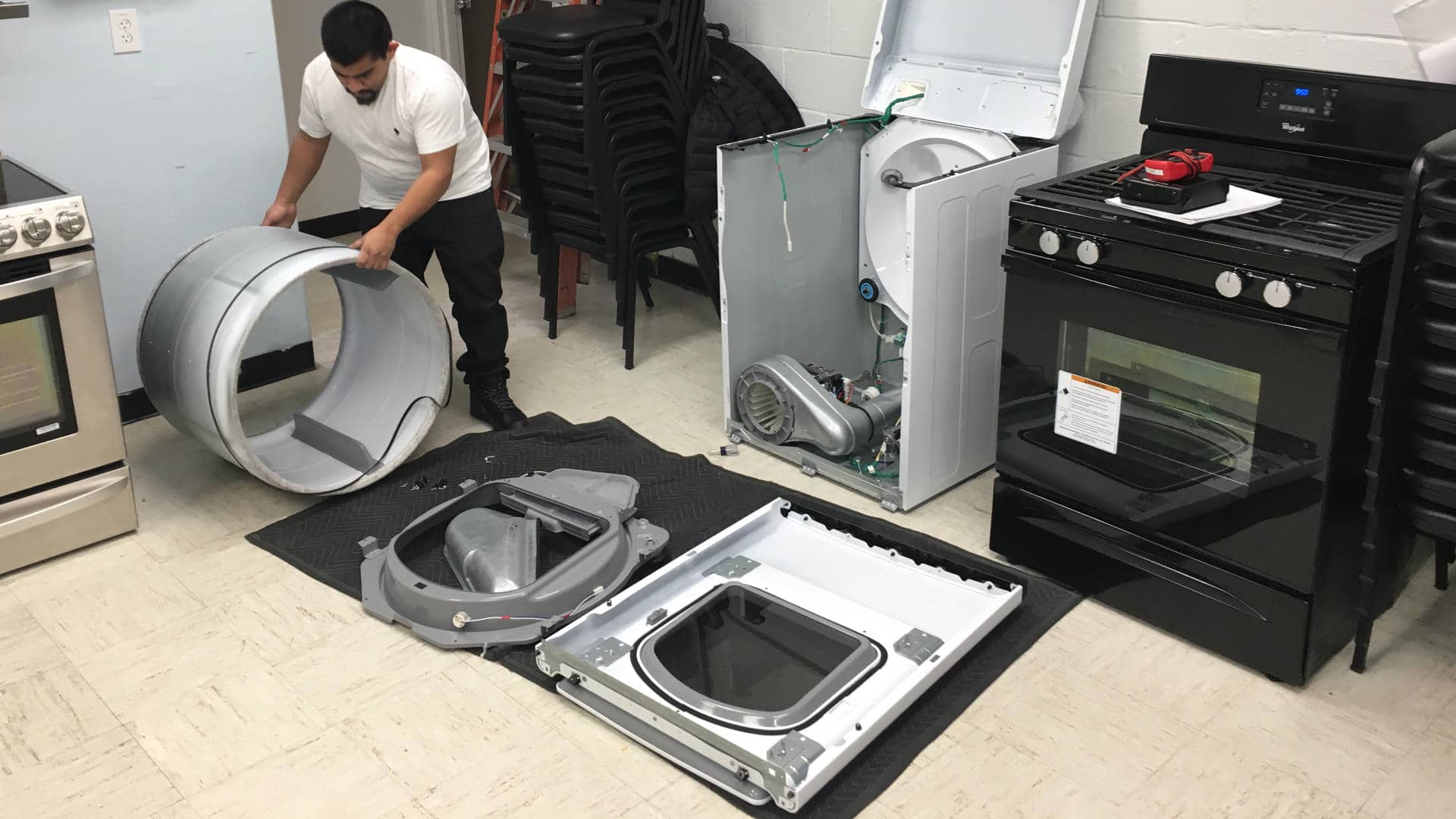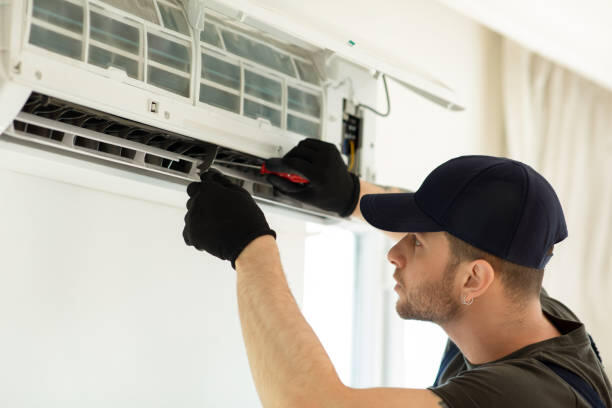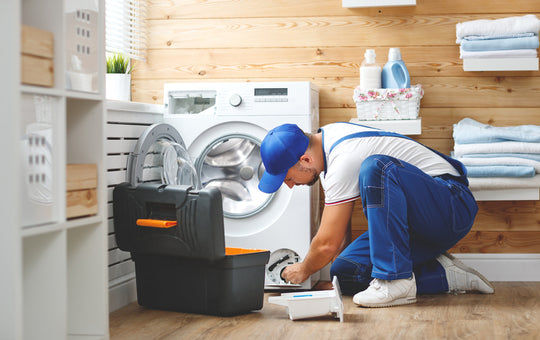Smart Appliance Fix: DIY or Call Pros?
In today's interconnected world, smart homes represent the pinnacle of convenience and technological innovation. These advanced ecosystems, equipped with smart appliances, promise to simplify our lives, offering control and automation that were once the stuff of science fiction. Yet, as with all technology, challenges and malfunctions are inevitable. The sudden malfunction of a smart refrigerator, the erratic behavior of intelligent lighting, or connectivity issues with a smart thermostat can throw our daily lives into disarray, turning convenience into frustration.
This comprehensive guide is crafted with the homeowner in mind, aiming to address the common hurdles faced when dealing with smart home appliances. From troubleshooting connectivity issues to recalibrating sensors, we provide a range of effective self-help solutions to the most prevalent problems. Moreover, we recognize that some issues extend beyond the scope of DIY fixes. In these instances, we'll guide you on when to seek professional assistance, ensuring that your smart home remains a bastion of comfort and convenience. Whether you're a tech-savvy individual or new to the smart home realm, this guide seeks to empower you with the knowledge needed to maintain a seamlessly functioning smart home environment.
Common Smart Appliance Issues and DIY Solutions
Common issues with smart appliances often revolve around connectivity problems, unresponsive devices, and inaccurate sensor readings, leading to frustration and disruption in their operation. Fortunately, many of these issues can be resolved through simple DIY solutions. For connectivity issues, checking and improving your Wi-Fi signal strength, rebooting your router, and ensuring your appliance is within range can often restore functionality. If your device becomes unresponsive, a reset or power cycle can help. For sensors acting up, recalibrating them according to the manufacturer’s guidelines or ensuring they're free from obstructions can correct the problem. These straightforward steps can quickly bring your smart appliances back to optimal performance, minimizing inconvenience and maintaining the seamless operation of your smart home.
Connectivity Problems
Connectivity problems are among the most common issues encountered with smart appliances, manifesting as frequent disconnections from Wi-Fi networks or failure to communicate with other smart devices in the home. These problems can significantly hinder the functionality and convenience of smart home ecosystems, impacting everything from smart thermostats to intelligent lighting systems.
To tackle these issues, start by checking the Wi-Fi signal strength in the area where the appliance is located. Weak signals can often lead to connectivity problems, and moving the router closer to the device or removing physical obstructions can improve signal strength. If this doesn't resolve the issue, try restarting both your router and the smart appliance. This simple step can refresh the connection and eliminate any temporary glitches affecting connectivity.
Additionally, ensuring that your smart appliance's firmware is up to date is crucial. Manufacturers frequently release firmware updates to improve performance and fix known connectivity issues. Access the device's settings through its companion app to check for and apply any available updates.
For homes with larger areas or multiple floors, Wi-Fi extenders can be a valuable solution. These devices amplify your Wi-Fi signal, extending its reach to areas with previously weak or nonexistent coverage. By strategically placing Wi-Fi extenders, you can ensure robust connectivity throughout your home, allowing all your smart appliances to function seamlessly.
Unresponsive Devices
Unresponsive devices pose a significant challenge in the seamless operation of smart home ecosystems, rendering smart appliances unable to respond to app commands or voice controls. This issue can transform the convenience of smart devices into a source of frustration, affecting everything from smart speakers to intelligent lighting systems.
The first step in troubleshooting unresponsive devices is to ensure that the appliance is powered on and properly connected to your Wi-Fi network. A simple oversight in power connectivity or network settings can often be the culprit behind the lack of response.
If power and connectivity are not the issues, restarting both the device and its controlling app can help reset the connection and clear any temporary glitches. This process involves turning the device off and on again and closing and reopening the app on your smartphone or tablet.
Another effective solution is to re-pair the device with its controlling app or your smart home hub. Sometimes, the connection between the device and its control mechanism can become corrupted or lost. Removing the device from the app and then adding it back again can re-establish a strong connection, restoring responsiveness. This re-pairing process can often resolve communication breakdowns, ensuring your smart appliances obey your commands as intended.
Inaccurate Sensors or Controls
Smart devices equipped with sensors, such as thermostats, smart lights, or motion detectors, rely heavily on their ability to accurately perceive and react to their environment. When these sensors become inaccurate, devices may behave erratically—failing to trigger actions as expected or reacting inappropriately to non-existent stimuli. This can lead to discomfort, inefficiency, and frustration, undermining the very convenience smart appliances are designed to offer.
To address inaccurate sensors or controls, a primary step is recalibration. Most smart devices come with instructions from the manufacturer on how to recalibrate their sensors. This process can range from simple commands executed via the device's app to more involved procedures requiring physical interaction with the device. Recalibration ensures that sensors are reset to their original sensitivity levels, allowing them to accurately detect and respond to environmental changes.
Additionally, it's essential to inspect the device's surroundings for potential physical obstructions or environmental factors that could be affecting sensor performance. For instance, a thermostat might misread room temperatures if it's placed in direct sunlight, or a motion sensor could be triggered by moving curtains in a drafty room. Removing these obstructions or relocating the device can often resolve issues related to sensor accuracy, restoring the device's functionality and reliability in your smart home system.
When to Seek Professional Help
When DIY troubleshooting fails to resolve smart appliance issues or if problems persistently recur, it's time to seek professional help. This is particularly important for complex issues involving internal hardware, sophisticated wiring, or intricate software that require specialized skills and tools for diagnosis and repair. Additionally, before contacting a professional, verify if your appliance is under warranty or if support services are offered by the manufacturer. Leveraging these services can save costs and ensure repairs adhere to the manufacturer's standards, maintaining your appliance's functionality and extending its lifespan with expert care.
Beyond Basic Troubleshooting
While DIY solutions can resolve many smart appliance issues, there are instances where professional intervention becomes necessary. If you've exhausted all self-help options without success, or if the same problem keeps reoccurring, it's time to seek professional help. This is particularly crucial for problems that delve into the appliance's internal hardware, involve complex wiring, or stem from software glitches beyond the scope of general troubleshooting. These types of issues often require specialized diagnostic tools, technical knowledge, and expertise that only trained professionals possess. Attempting to fix these problems on your own can lead to further damage or even pose safety risks. Professionals can provide a thorough examination, accurately diagnose the problem, and implement the most effective repair strategies, ensuring your smart appliance is restored to optimal functionality with minimal risk.
Warranty and Support Services
Before reaching out for professional repair services, it's advisable to check whether your smart appliance is still under warranty. Many manufacturers offer warranty periods during which any malfunctions or defects are addressed at no additional cost to the owner. Additionally, some companies provide dedicated support services for troubleshooting and repair, which can be a valuable resource. Utilizing these warranty and support services not only can save you significant amounts of money on repairs but also ensures that any fixes are carried out in line with the manufacturer's standards, using original parts and procedures. This approach not only helps in maintaining the appliance's integrity and performance but also safeguards any remaining warranty coverage. Always have your purchase information and warranty details on hand to expedite this process, ensuring your smart appliances receive the professional care they need when DIY solutions fall short.
Conclusion
Navigating the intricate world of smart home appliances strikes a delicate balance between managing issues through DIY troubleshooting and discerning when it's time to call in the professionals. Armed with knowledge about common problems and their respective solutions, homeowners are well-equipped to uphold the efficiency and convenience of their smart home systems. Nonetheless, the ability to recognize when professional assistance is required is vital. This discernment is key not only to preventing further damage but also to safeguarding the longevity and functionality of your smart appliances, ensuring they continue to enhance your living space without interruption.
Don't let the challenges of smart appliance maintenance disrupt the harmony of your smart home. Arm yourself with these essential troubleshooting tips, and know when it's time to seek expert assistance. Stay informed and proactive in addressing issues to ensure your smart home remains a seamless, comfortable, and technologically advanced sanctuary.
